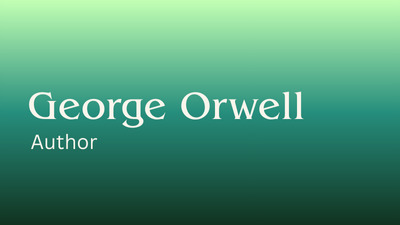F. Scott Fitzgerald is celebrated as one of the greatest American writers of the 20th century. Known for capturing the spirit and contradictions of the Jazz Age, Fitzgerald’s work continues to resonate with readers worldwide. His writing explores themes like wealth, love, disillusionment, and the American Dream, making him a central figure in modern literary studies. This article provides an overview of his life and major works, helping students, researchers, and literary enthusiasts understand his lasting influence.
Who Was F. Scott Fitzgerald?
Francis Scott Key Fitzgerald (1896–1940) was an American novelist, essayist, and short story writer. Born in St. Paul, Minnesota, he came from a middle-class background and later attended Princeton University, though he did not graduate. His literary success began with his debut novel This Side of Paradise (1920), which instantly made him a cultural icon.
Fitzgerald was closely associated with the Roaring Twenties, a period of social change, economic prosperity, and cultural innovation. He married Zelda Sayre, and their lavish lifestyle often mirrored the characters in his stories. Despite his early success, Fitzgerald struggled with personal issues, including financial instability and alcoholism. He died at the young age of 44, largely unrecognized for his full literary potential. Today, he is regarded as one of the defining voices of his era.
Books by F. Scott Fitzgerald
1. The Great Gatsby (1925)
Fitzgerald’s most famous novel, The Great Gatsby tells the tragic story of Jay Gatsby, a wealthy man who throws extravagant parties in hopes of reuniting with his lost love, Daisy Buchanan. The novel critiques the American Dream and exposes the moral emptiness of the elite class. It is now considered a classic of American literature.
2. This Side of Paradise (1920)
This coming-of-age novel follows Amory Blaine, a privileged young man navigating romance, identity, and ambition in a post-World War I America. The book captured the energy of the youth of the time and catapulted Fitzgerald to fame.
3. The Beautiful and Damned (1922)
A cautionary tale about Anthony and Gloria Patch, a glamorous couple who spiral into despair as they await an inheritance. The novel explores themes of decadence, ego, and disillusionment with wealth.
4. Tender Is the Night (1934)
Set on the French Riviera, this novel centers around psychiatrist Dick Diver and his wife Nicole. It addresses mental illness, love, and the complexities of personal failure. Though not a commercial success in its time, it is now widely respected.
5. The Last Tycoon (published posthumously in 1941)
This unfinished novel follows Hollywood executive Monroe Stahr and explores the behind-the-scenes world of the film industry. It reflects Fitzgerald’s time in Hollywood and his interest in power and idealism.
Short Story Collections
Fitzgerald was also a prolific short story writer. His works appeared in major magazines like The Saturday Evening Post. Key collections include:
- Flappers and Philosophers (1920)
- Tales of the Jazz Age (1922)
- All the Sad Young Men (1926)
- Taps at Reveille (1935)
Legacy
F. Scott Fitzgerald’s works remain central to American literature and are studied in schools and universities across the globe. His exploration of timeless themes like ambition, love, and societal decay makes his writing universally relatable. With The Great Gatsby often topping lists of required reading, Fitzgerald’s legacy as a master storyteller continues to influence generations of readers and writers alike.


